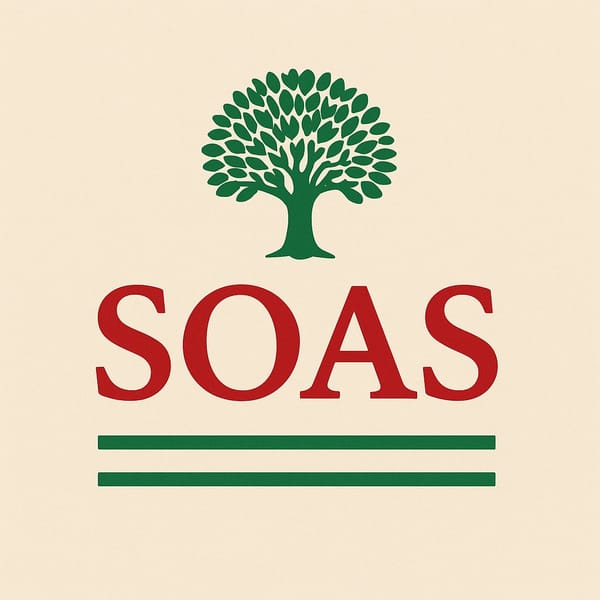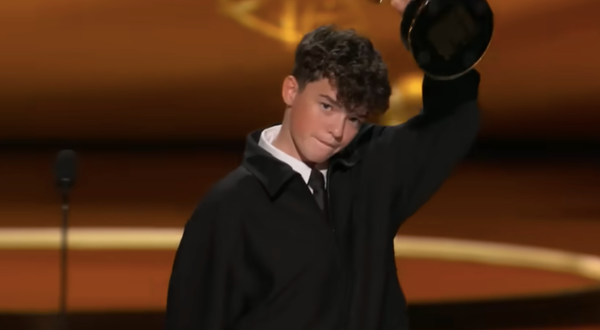Museums Musings

Museums and Galleries On Display
By Zhanhui Jiang, BA Social Anthropology
‘Still Life’ is the first exhibition post-Lockdown that Gagosian London, a contemporary art gallery, presented mid-June. Piero Golia choreographed a set of sculptors of ‘happening’. The concept of time was materialised in the gallery space by events of biological and physical occurrences, repetitions of a rhythmic rotation, and an instance of extreme weather. In a time where ‘stuckness’ seems to be the normality, ‘motion’ became a permanent state in ‘Still Life’. Walking through all the spatially separate rooms, audiences found themselves standing solely with the ‘living’ sculptor. Art gallery experiences have become less of a shared or social experience due to Covid-19. ‘It is very different now, we wouldn’t have an opening party,’ the curator of ‘Still Life’ said.
In the virtual tour ‘The Museum of the World’, exhibits are immediately available to visitors. Instead of walking through the British Museum building, the experience of discovery is no longer under constant surveillance and observation from museum staff and the architecture of the building itself. Museums, in their virtual presentation, have become less of an institutional ‘observer’ and visitors have regained a sense of agency. Nevertheless, the digital museum experience has lost historical and social elements in this transition to the virtual work, and there is no longer the ability to connect artwork to the museum space it occupies. Digital museums show more of an adherence to the display value. Museums and galleries have a challenge to not only make the collection spaces accessible, but to also transcend the institutional spaces as a mere space of display.
Online Accessibility and the Arts
By Deirbhile Ní Bhranáin, MA Media in Development
Covid-19 has changed everything. Nobody would deny that. But one of the most positive things to emerge is how readily accessible art has become.
Almost every artistic profession has been forced to adapt and come up with creative alternatives, an undertaking that is almost an art in itself. Film festivals, plays, choirs, and music groups occur remotely, connecting people worldwide.
Visual art is no exception. Social media thrums with artists selling their prints, making edgy, creative masks, holding digital viewings. One of the most exciting art pieces I saw this year was a short film about postcolonial land ownership, shot during lockdown by Irish artist, Eimear Walshe. In many ways, artists have wider audiences and audiences have wider choices than what exists within geographical or financial constraints. With improved accessibility, what people conceive of as ‘art’ is changing, too.
The only gallery I’ve been to since March is Ireland’s National Gallery, a beautiful, wonderful space which welcomes, envelopes, and challenges every time I return. The familiar arrows on the floor guides one around the space, which completely removes the exploratory aspect of visiting. But it also let me concentrate more fully on what was there: you don’t have to worry about all the art you’re missing when you can engage with what’s in front of you.
Viewing art online somewhat mimics what wandering through a gallery used to be. There is a guide in place, but that’s not to say you can’t use the back button.

Art is happening everywhere
(Credit: @tarangdave).
Installation view, ‘Still life’
(Credit: Zhanhui Jiang).



